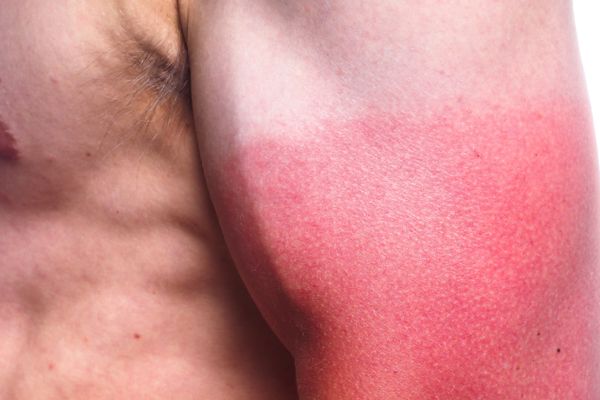UV Skin Protection

July is UV Safety Month. At one time or another we’ve all had a bad sunburn and we know how bad it can hurt. In addition, prolonged, unprotected exposure can damage your skin and cause premature lines, freckles, sun spots, and skin cancer.
UV rays react with a chemical called melanin that's found in most people's skin. Melanin is the first defense against the sun because it absorbs dangerous UV rays before they do serious skin damage. Melanin is found in different concentrations and colors, resulting in different skin colors. The lighter a person's natural skin color, the less melanin it has to absorb UV and protect itself.
The best way to protect your skin from UV light is by wearing a sunscreen when you are outside. Here are some sunscreen facts and tips:
- Using sunscreen can reduce your chances of burning but it is not going to allow you to spend unlimited time outdoors without risk of skin damage.
- Sunscreen must absorb into the skin to be effective. Apply it about 30 minutes prior to going into the sun so as to let the sunscreen absorb into the skin.
- It is widely recommended that people use sunscreen with an SPF (sun protection factor) of 15-30. An SPF of 30 can block up to 97% of the harmful UV rays. Going higher than 30 on SPF hasn’t shown to make a positive difference.
- Sunscreen needs to be reapplied every 60-90 minutes, sooner if you’re in the water. (This is true even if you use "waterproof" sunscreen, as it is not truly waterproof, just water resistant.).
- Not all sunscreens protect you from UVA and UVB light. Check the label and use one that is protects the skin from both.
- You can get a sunburn through your clothes! For example, a white t-shirt gives only the same protection as a sunscreen with an SPF of 5. And it’s even less effective if it is wet.
